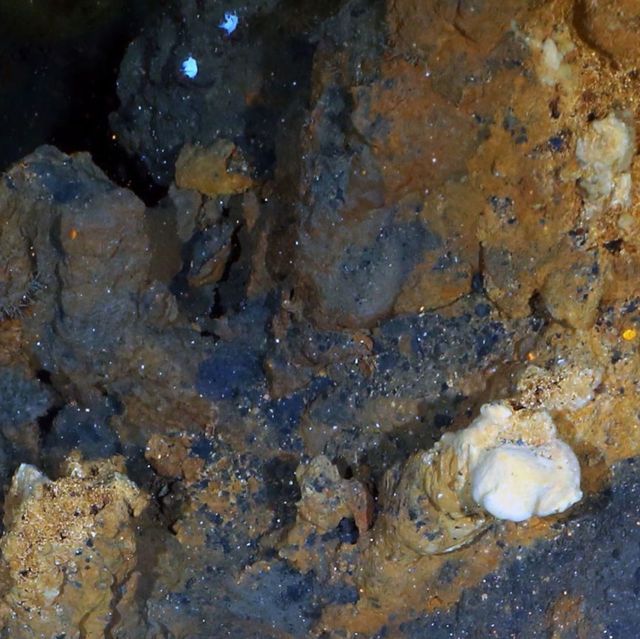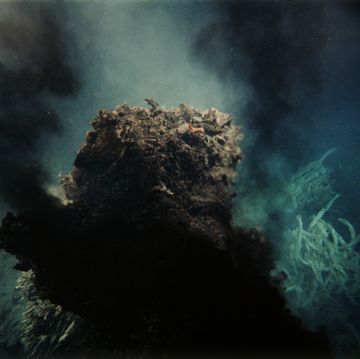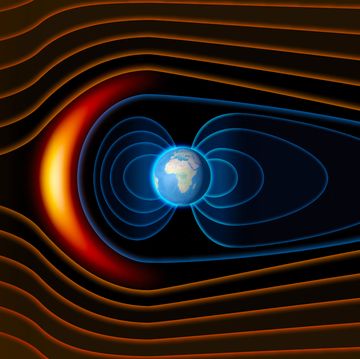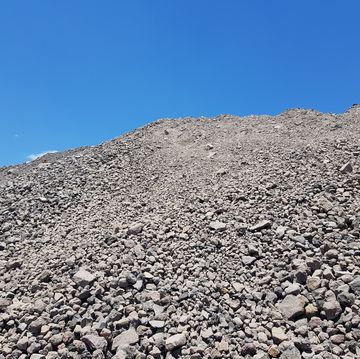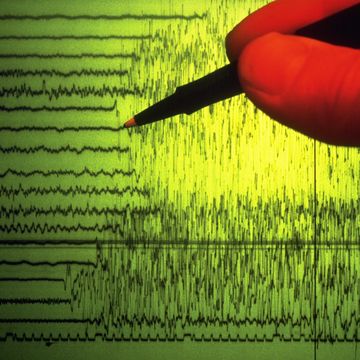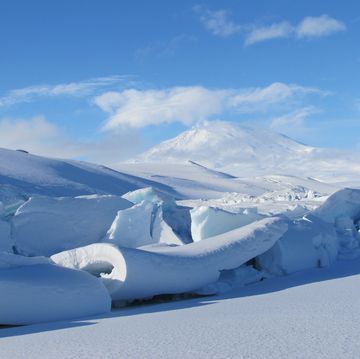- A vent site beneath an ice-covered ocean can serve as a laboratory for studying organic synthesis relevant to the origin of life.
- Mineral deposits there, such as copper and gold, may be more abundant than previously believed.
- The Arctic’s Gakkel Ridge vent could change researchers’ understanding of Earth’s slowest-spreading mid-ocean ridge.
When geologists found a hydrothermal vent in the Arctic Ocean in 2014, the discovery didn’t elicit much excitement. But a follow-up on-site expedition to the remote Aurora hydrothermal system led researchers to discuss all sorts of intriguing topics, including the search for extraterrestrial life and the investigation of previously unknown copper and gold mineral deposits.
🌊 You love deep sea mysteries. So do we. Let’s nerd out over them together—join Pop Mech Pro.
“Although finding any vent in the Arctic Ocean was a first, we figured what we had found was one of the least interesting kinds of vent sites that there are,” Chris German, senior scientist with the Woods Hole Oceanographic Institution’s Department of Geology and Geophysics, says in a news release. “We came home from the expedition thinking, ‘Okay, we found a site in the Arctic. That’s great, but if you take away the ice-cover, it is just another vent site.’”
That ice cover, though, gave the Gakkel Ridge site ample meaning. By studying the ultra-slow spreading of mid-ocean ridges, the team believes they can substantially expand their earlier estimates of valuable marine mineral deposits rich in copper and gold. They can also use the vent as a natural laboratory to study conditions for extraterrestrial life.
“The single biggest part of what we may have discovered is a vent site beneath an ice-covered ocean that is also a great place to study organic synthesis relevant to the origin of life and the search for life beyond Earth,” German says. “The combination of studying the geology of the seafloor and the chemistry of the overlying water column is what gives us particular insights into this vent site and reveals that is has these special qualities.”
The excitement led to German serving as a lead author on a paper covering the finding, published in late October in the journal Nature Communications.
Thanks to the Arctic nature of the hydrothermal vent, the site could serve as a laboratory to prepare for exploring the Saturnian moon of Enceladus and Jupiter’s moon, Europa. NASA is funding part of the Arctic vent research.
Along with its space connections, the vent findings suggest that hydrothermal mineral deposits might be more abundant along half of all the world’s ridge crests than previously believed. “This is a class of vent sites that previously had been dismissed as unable to sustain the growth of large hydrothermal mineral deposits,” German says. “Until now, scientists assumed that such small volcanic systems could not sustain hydrothermal circulation for long enough to grow such large mineral deposits.”
The 2019 expedition to the site showed an unusually large field of relict, or primitive, mineral deposits.
The Arctic venting gives rise to further geological implications, as researchers note the Gakkel Ridge rift-valley spreads at 1 centimeter per year, slower than the 2.5 centimeters per year in the Atlantic Ocean, and much slower than the maximum of 20 centimeters per year in the Pacific Ocean seafloor. Studying the minerals and chemical compositions of the seafloor near the venting can transform the “understanding of what microbiological and geochemical processes occur in these kinds of systems,” co-author Eoghan Reeves, associate professor at the Department of Earth Science and the Centre for Deep Sea Research at the University of Bergen, says in the release. “There is still so much we have yet to learn about the newly discovered site.”
With such an array of topics to study, the team has changed its tune from that initial ho-hum feeling in 2014. “We continue to be surprised by how diverse and wonderful the seafloor is,” German says. “Every time we go out and explore, we get surprised because we do not just find more of the same. Rather, we continue to find completely new things, different from everything we have seen before.”
Tim Newcomb is a journalist based in the Pacific Northwest. He covers stadiums, sneakers, gear, infrastructure, and more for a variety of publications, including Popular Mechanics. His favorite interviews have included sit-downs with Roger Federer in Switzerland, Kobe Bryant in Los Angeles, and Tinker Hatfield in Portland.
